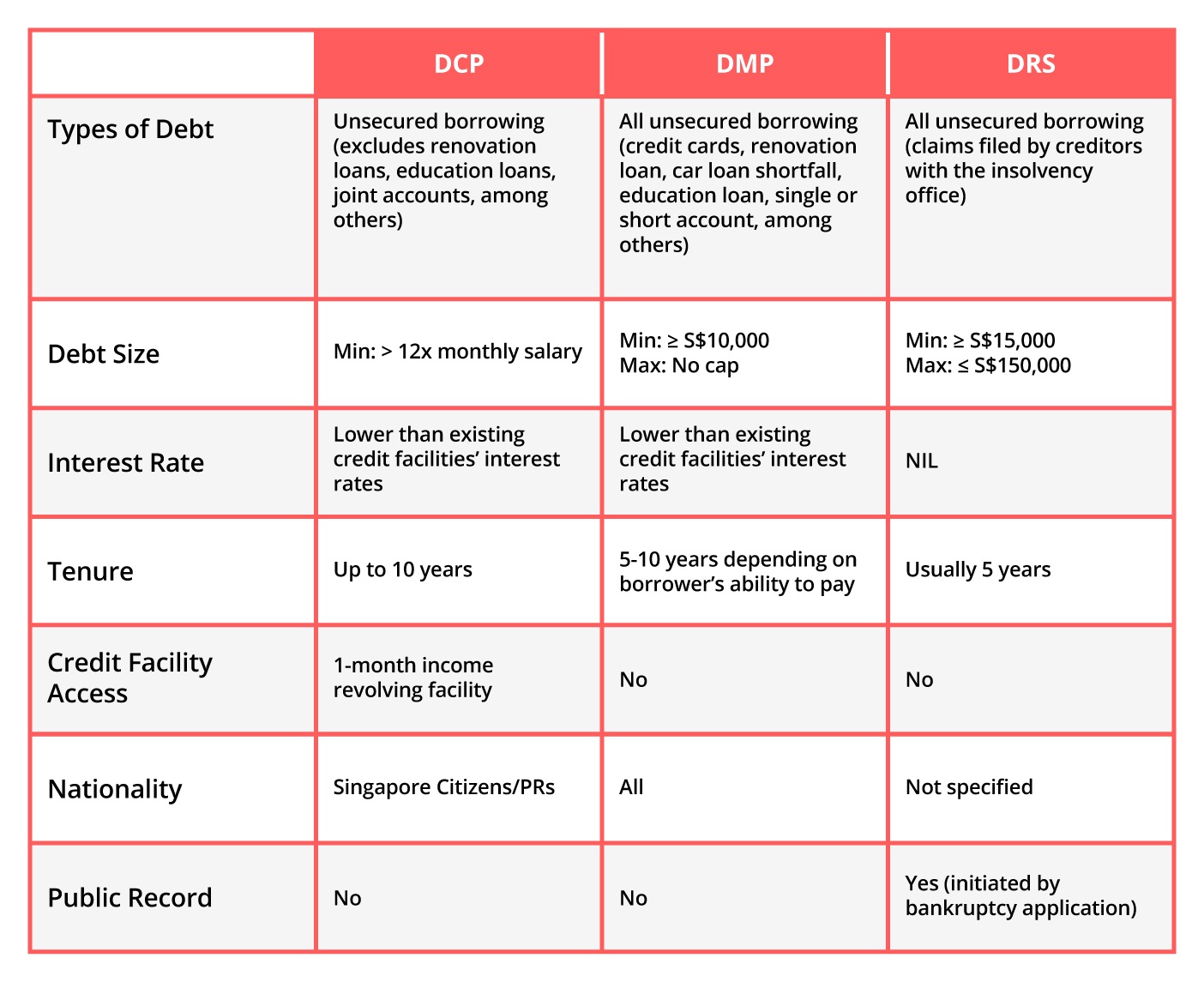How to Pick the Best Financial Obligation Consolidation Strategy: More Discussion Posted Here
How to Pick the Best Financial Obligation Consolidation Strategy: More Discussion Posted Here
Blog Article
Whatever You Need to Understand About Producing a Personalized Financial Obligation Monitoring Plan
In the realm of personal financing, designing a customized debt administration strategy is usually the keystone of accomplishing economic stability and peace of mind. As you navigate the complexities of creating a customized financial debt administration strategy, recognizing the ins and outs of each step is crucial to your financial success.
Evaluating Your Present Financial Obligation Scenario
One need to initially perform an extensive evaluation of their present debt obligations prior to formulating a reliable debt administration strategy. Develop an in-depth checklist of each financial obligation, including the complete amount owed, rate of interest rates, minimal regular monthly repayments, and due dates.
After assembling this info, determine your total debt-to-income ratio by dividing your regular monthly financial debt settlements by your regular monthly income. Comprehending these aspects of your monetary situation will certainly assist you in creating a personalized financial debt management strategy tailored to your particular needs and goals.
Setting Financial Goals and Targets

When setting monetary objectives, it is necessary to be particular, measurable, attainable, relevant, and time-bound (CLEVER) For instance, you may set a goal to repay a certain quantity of debt within a details period, such as decreasing your charge card balance by $5,000 in the next one year - More Discussion Posted Here. By setting clear targets such as this, you can track your progression and stay motivated to achieve your financial debt monitoring goals
In addition, take into consideration prioritizing your financial obligations based upon factors such as rate of interest, impressive balances, and payment terms. By concentrating on high-interest financial obligations initially, you can conserve cash in the long run and accelerate your trip toward economic flexibility. Keep in mind, everyone's economic scenario is distinct, so tailor your targets and goals to fit your specific demands and scenarios.
Producing a Realistic Budget Plan
Crafting a distinct budget plan is an essential step in efficient financial debt monitoring and monetary preparation. A sensible spending plan serves as a roadmap for your financial wellness, aiding you track your income, costs, and financial obligation settlements. To create a functional budget, begin by detailing all your resources of income.
When setting budget limitations, be sincere with yourself concerning your spending practices and financial responsibilities. Allocate a portion of your income towards settling financial debt while ensuring you have some funds for emergencies and cost savings. On a regular basis testimonial and adjust your budget as required to remain on track with your financial goals and financial debt payment strategy. By sticking to a practical budget plan, you can efficiently manage your financial obligation and job towards a more safe and secure economic future.
Discovering Financial Obligation Repayment Approaches
After establishing a sensible budget, the following important action in efficient debt monitoring is to check out various financial debt settlement methods. One usual strategy is the snowball approach, where you concentrate on repaying the smallest financial obligations first while making minimum settlements on larger debts. This method can aid build momentum as you see smaller sized debts being cleared, giving motivation to take on larger ones.
One more approach is the avalanche method, which entails focusing on debts with the greatest rate of interest. By targeting high-interest financial obligations initially, you can minimize the overall amount you pay in rate of interest over time. This approach may be a lot more cost-effective over time, although it may take longer to see individual financial debts fully repaid.
Financial obligation consolidation is another option where you incorporate numerous financial debts right into a single funding with a reduced rate of interest. This can simplify your payment procedure and possibly reduce the complete interest paid. Nevertheless, it's important to meticulously consider the terms and charges connected with consolidation to guarantee it's the right option for your financial circumstance.
Tracking and Adjusting Your Strategy

Readjusting your plan may entail reapportioning wikipedia reference funds to deal with high-interest financial debts first, negotiating with financial institutions for lower visit our website rates of interest or better settlement terms, or discovering extra earnings sources to speed up debt settlement. As your economic scenario progresses, your debt management plan need to adjust as necessary to remain effective. By remaining proactive and versatile in tracking and adjusting your plan, you can maximize your efforts towards paying off your financial debts efficiently and accomplishing your financial objectives.
Final Thought
In final thought, developing a personalized financial debt management plan includes evaluating current financial obligation, establishing monetary goals, developing a practical budget, checking out payment strategies, and monitoring and readjusting the strategy as needed. By complying with these actions, people can take control of their monetary scenario and work towards coming to be debt-free. It is very important to stay disciplined and committed to the plan in order to achieve long-lasting economic stability.
One need to initially conduct a comprehensive evaluation of their current financial debt obligations before developing a reliable financial obligation management strategy.After developing a practical budget, the next important action in efficient financial obligation monitoring is to check out various financial obligation settlement approaches - More Discussion Posted Here.To successfully handle your debt, continuous tracking and adjustment of your financial debt management strategy are crucial elements for long-term financial security.Adjusting your strategy might include reapportioning funds to deal with high-interest financial obligations first, negotiating with financial institutions discover this info here for reduced passion prices or better settlement terms, or exploring extra earnings resources to expedite financial obligation payment.In final thought, producing a customized financial obligation administration strategy entails examining present financial obligation, establishing financial objectives, producing a practical budget, discovering payment techniques, and surveillance and changing the strategy as required
Report this page